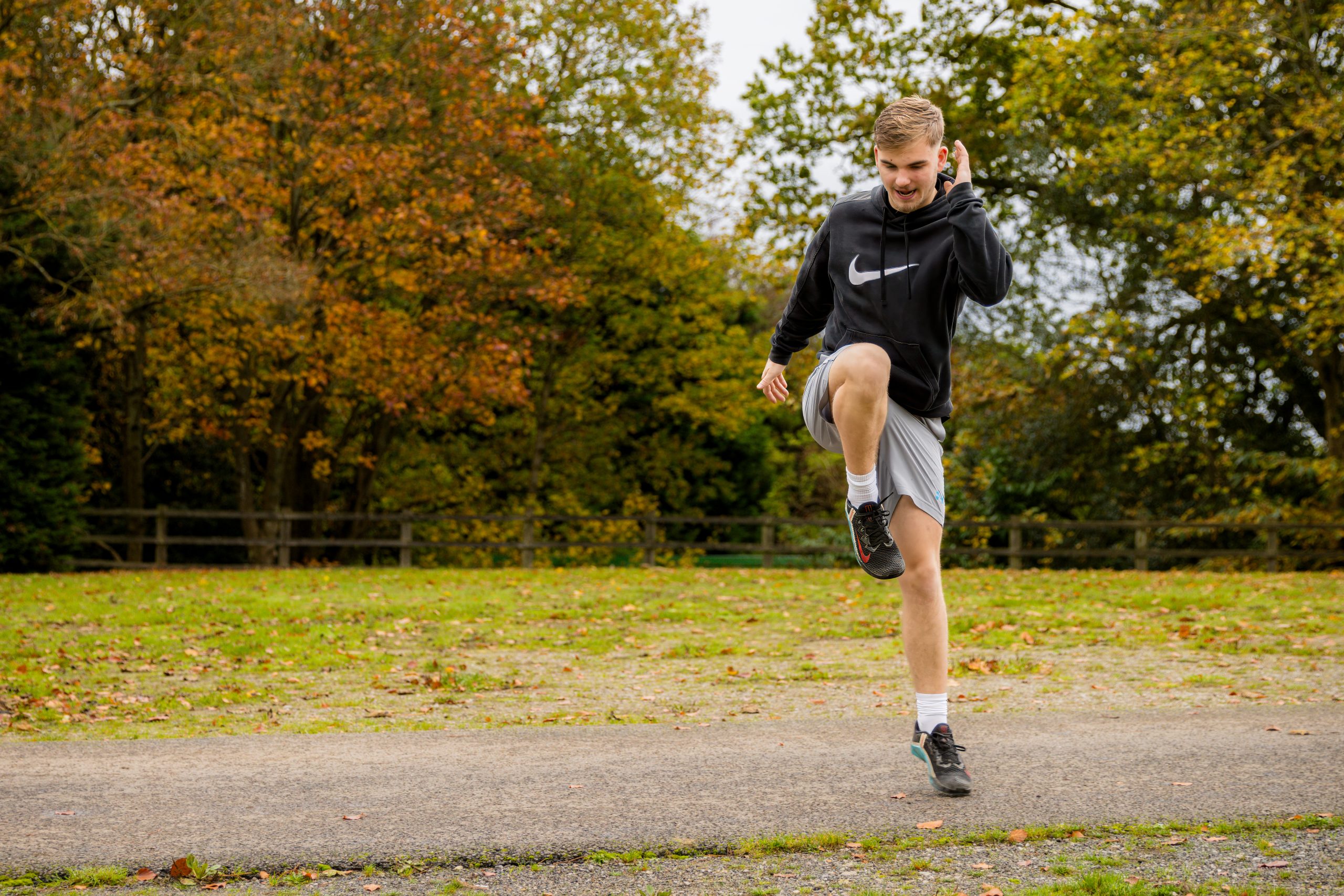Plyometrics, often referred to as “jump training,” is a dynamic form of exercise that involves explosive movements such as jumping, hopping, and bounding. While traditionally associated with power sports like basketball and volleyball, plyometrics can significantly enhance the performance of middle and long-distance runners. Plyometrics for running of all levels has gained significant credibility in recent years. By developing explosive power, improving neuromuscular efficiency, and enhancing running economy, plyometric training can help runners of all levels achieve faster times.
Explosive Power Development
- Increased Force Production: Plyometric exercises, such as depth jumps and box jumps, train the muscles to exert maximum force in a short period. This increased force production translates directly to faster stride turnover and a more powerful push-off during each step.
- Enhanced Muscle Activation: Plyometric drills activate a greater number of muscle fibers, leading to more efficient muscle recruitment during running. World renowned strength & conditioning coach, Brad Schoenfeld quotes several studies that have shown that plyometric training can increase muscle activation patterns, leading to improved running economy.
Improved Neuromuscular Efficiency
- Enhanced Coordination and Speed: Plyometrics improve neuromuscular coordination, allowing for faster and more efficient movement patterns. This translates to quicker stride transitions and a more fluid running gait. Speed Coach Vern Gambetta uses plyometrics for running performance because it leads to faster reaxction times and better movement economy.
- Reduced Injury Risk: By strengthening tendons and ligaments, plyometric training can help prevent injuries such as ankle sprains and hamstring strains, common among distance runners. Plyometrics increase muscle-tendon stiffness allowing them to absorb more forces.
Enhanced Running Economy with Plyometrics for Running
- Increased Efficiency: Plyometrics can improve running economy, which is the amount of energy expended to cover a given distance. By developing more powerful and efficient movements, runners can conserve energy and maintain a faster pace for longer periods. This has been evidenced in several scientific studies.
Incorporating Plyometrics for Running into Your Training
- Progressive Overload: Start with basic exercises like skips, extensive pogo variants, jump squats and box jumps, gradually increasing the intensity and complexity as you progress over months and years. Do not be a in rush – plyometrics is a very demanding form of training. See some examples of plyometrics for running that can be incorporated into a warm up.
- Proper Technique: Focus on proper form to maximise benefits and minimise injury risk. Consider working with a qualified strength and conditioning coach in Ascot or personal trainer to ensure proper technique.
- Recovery: Adequate rest and recovery are crucial for optimal results. Incorporate rest days and prioritize sufficient sleep.
- Listen to Your Body: Pay attention to your body and adjust your training volume and intensity accordingly. Avoid overtraining, which can lead to injury and decreased performance.
Conclusion
Plyometric training can be a valuable addition to any runner’s training program. By developing explosive power, improving neuromuscular efficiency, and enhancing running economy, plyometrics can help runners of all levels achieve faster times and improve their overall performance. However, it is crucial to incorporate plyometrics into your training program gradually and progressively, while prioritizing proper technique and adequate recovery.
